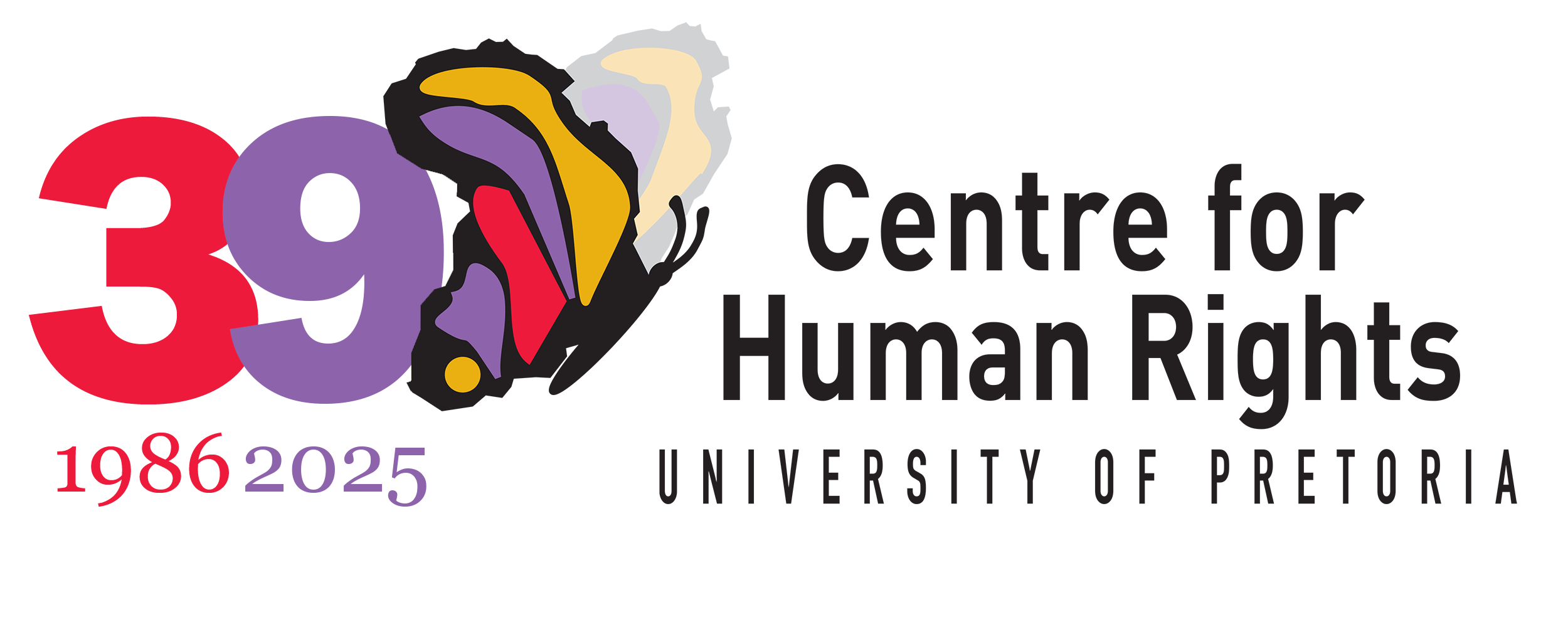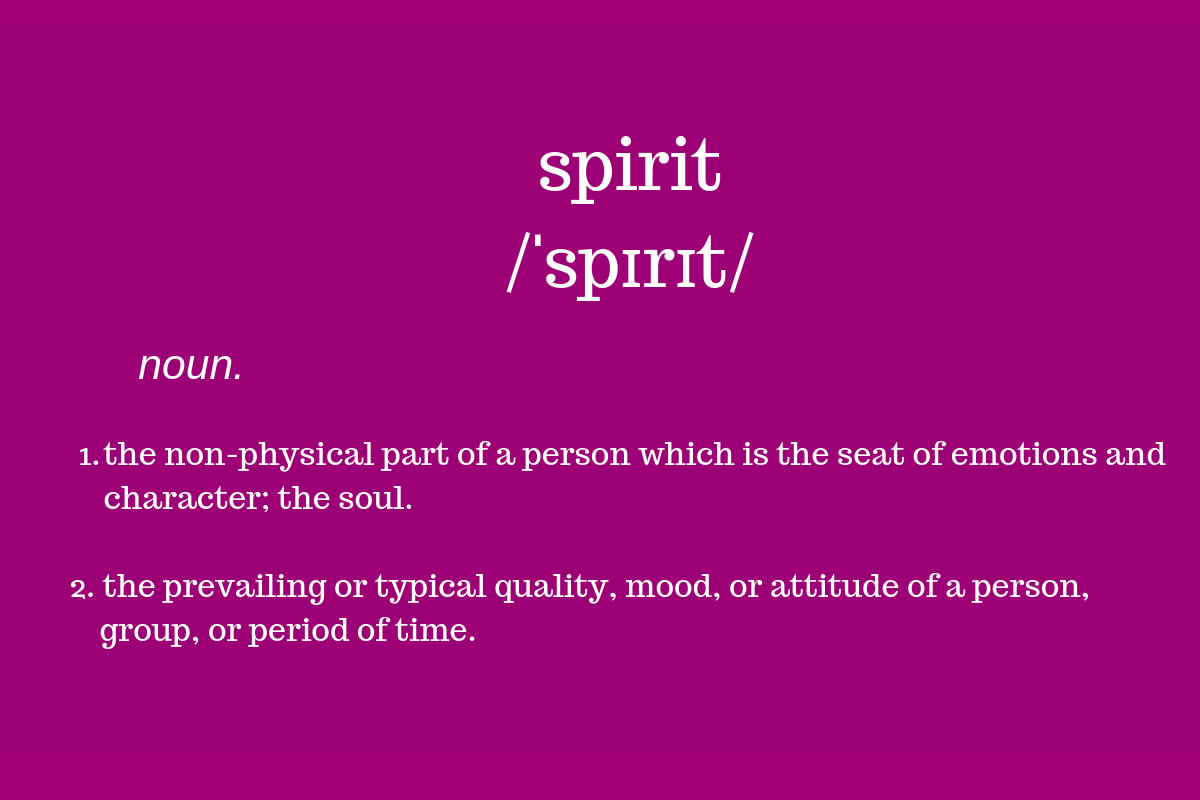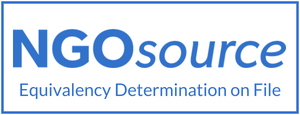Spirit Day is an annual LGBTQ awareness day which was started in 2010 by Canadian teenager Brittany McMillan. Spirit Day was initially created in response to many widely publicised bullying-related suicides of gay school students in 2010. The Centre for Human Rights stands with LGBTQ youth this Spirit Day, and every day. We sat down with young people who have both experienced and witnessed bullying in schools to share their perspectives with us and explain why #IHaveSpirit.
The term ‘bullying’ refers to a repetitive and intentionally hurtful behaviour of the bully towards the bullied; a power imbalance is always at play between the bully and the bullied. Bullying takes different forms: physical, psychological and (including verbal bullying) and social bullying (gossiping, rumour- spreading, exclusion etc). When bullying is done through the use of digital media it is called cyberbullying, which is considered a type of hate speech.
Although bullying affects a vast majority of children and youth worldwide, children and youth belonging to certain minority groups, such as LGBTQ are at a disproportionately greater risk, being a stigmatised social group. Traditional (face-to-face) and cyberbullying on the basis of sexual orientation and gender identity of LGBTQ children and youth is a form of homophobia/transphobia. This originates from a patriarchal cultural setting, which promotes sexual prejudices and intolerance for diversity and gender-related stereotypes such as the ‘one-size-fits-all’ heterosexual family and binary gender roles. Homophobic/transphobic attitudes towards LGBTQ children and youth target their identity, which is closely linked to their sexuality. Because this happens during the formative years, it has a lasting effect way into their adult life, especially when it comes to social integration and employment opportunities.
Such hostile attitudes against LGBTQ children and youth impede the realisation of their basic human rights, disregarding their dignity, which is safeguarded by regional and international instruments such as the African Charter on the Rights and Welfare of the Child (African Children’s Charter) and the UN Convention on the Rights of the Child (UNCRC). Article 3 of the African Children’s Charter protects children from discrimination; article 7 guarantees their freedom of expression; article 10 safeguards their right to privacy and prohibits ‘attacks upon his honour or reputation’; article 11 guarantees the right to education for every child, who prepares for a ‘responsible life in a free society, in the spirit of understanding, tolerance, dialogue, mutual respect, and friendship among all peoples’. In the same vein, article 21 safeguards children from discrimination ‘on the grounds of sex or other status’ in the context of harmful social and cultural practices. The expression ‘other status’ could be inclusive of LGBTIQ children. Article 17 of the UNCRC provides for children’s access to appropriate information, bearing in mind their all-encompassing well-being.
However, despite the existent legal frameworks, gender-based violence is on the increase, including violence against LGBTQ children and youth. Research has found that, although discrimination and gender–based violence against LGBTQ children and youth can occur at all levels of the social fabric, the school setting is the space where homophobia/transphobia occurs the most. This is partly due to discriminatory school policies and practices, but also to the shocking evidence that some of the perpetrators of such acts and attitudes are the teachers themselves. School-yard discrimination and violence against LGBTQ children and youth lead to negative educational outcomes, such as decline in grades, concentration struggles, demotivation, missing classes, changing school, drop-outs, etc. Homophobic/transphobic attitudes against LGBTQ children and youth in schools translate into violations of their right to quality education.
Homophobia and transphobia can also take place in the family environment, making LGBTQ children and youth to revert to the cyberspace to seek a community which validates their need for belonging and support. However, due to cyberbullying, the internet can also turn into a toxic space, despite the prohibition of certain online services against hate speech against LGBTI persons. Deprived of support in the immediate environment and on online platforms, LGBTIQ children and youth are left to live an isolated life with negative health outcomes, which include loss of confidence, sadness, irritability, feelings of worthlessness, anger, feeling misunderstood, low self-esteem, depression, anxiety, withdrawal, fear, stress, self-hatred, post-traumatic stress disorder, substance abuse, risk-taking behaviours, self-harm or suicidal ideation and attempts. All these have adverse effects on the physical well-being of the children and youth. Discrimination and violence against the LGBTIQ children and youth violate their ‘right to enjoy the best attainable state of physical, mental, and spiritual health’ as stipulated in article 14 of the African Children’s Charter.
Due to the fact that LGBTQ children and youth fear a lack of support from the part of parents and teachers, a great number of cases of discrimination and violence against LGBTQ remain unreported.
A comprehensive gender-responsive and gender transformative approach must be adopted by various stakeholders in order to prevent and reduce the incidences of discrimination and violence against LGBTIQ children and youth. There is a need to collect disaggregated data on the incidences of homophobic/transphobic violence occurring against LGBTIQ children and youth. Partnerships with civil society organisations (CSOs) working in this sphere may be useful. Awareness-raising and sensitisation informative campaigns are necessary in order to educate others, especially certain religious or political groups, as well as parents. The creation of a safe school environment and adequate support for LGBTIQ children and youth in schools, universities, work places, as well as for their families, is imperative. Training of teachers and all other staff working for and with children is needed. School curricula at all levels must include information on sexual orientation and gender identity. Tailored age-appropriate sex education should be provided in schools for LGBTIQ children and youth. Few countries have in place policies safeguarding the rights of LGBTI children and youth; therefore, comprehensive anti-discriminatory and anti-bullying policies and codes of conduct at school level must also be developed and they must explicitly refer to sexual orientation and gender identity. Best practices could be shared among schools and other institutions. More interdisciplinary research needs to be carried out by academia to support advocacy efforts at CSO level. Creating a hotline for reporting cases of discrimination and gender-based violence could assist LGBTIQ children and youth victims of discrimination and violence. A minimum age for accessing social media could be set at national level in order to protect children from cyberbullying and other negative effects of technology.
For more information, please contact:


